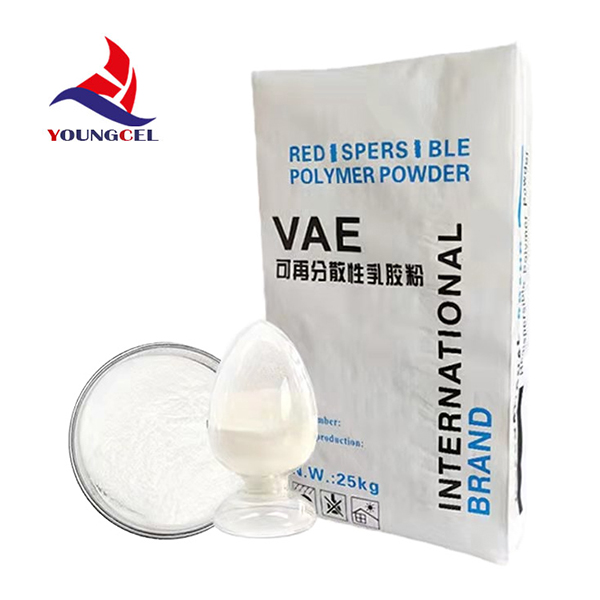Exploring the Intersection of Wall Putty and HPMC in Construction
In the realm of modern construction and interior design, the quest for durable and aesthetically pleasing finishes has led to the innovative use of various materials. Among these, wall putty and Hydroxypropyl Methylcellulose (HPMC) have emerged as crucial components in achieving high-quality surfaces. This article delves into the significance of wall putty and the role of HPMC, examining their properties, applications, and the benefits they bring to construction projects.
Understanding Wall Putty
Wall putty is a white cement-based material applied to interior and exterior walls before painting, providing a smooth and even surface. It acts as a filler for imperfections such as cracks, holes, and uneven textures, ensuring the wall is prepared for subsequent layers of paint or wallpaper. The application of wall putty not only enhances the aesthetic appeal of a room but also extends the longevity of the paint, as it provides a solid foundation that prevents peeling and flaking.
One of the primary reasons for the widespread use of wall putty is its excellent adhesion properties. This characteristic ensures that paint adheres properly to the surface, resulting in a flawless finish. Moreover, wall putty is water-resistant, reducing the risk of damage from moisture, which is particularly important in high-humidity areas.
Role of HPMC in Wall Putty Formulations
Hydroxypropyl Methylcellulose (HPMC) is a versatile, non-ionic cellulose ether that serves as a thickening agent and stabilizer in many construction materials, including wall putty. Its inclusion in wall putty formulations is pivotal for several reasons. HPMC enhances the workability of the putty, allowing it to spread more easily and uniformly across surfaces. This property is crucial during application, as it can significantly impact the final finish.
wall putti hpmc

Additionally, HPMC improves the water retention of wall putty, ensuring that the mixture remains workable for longer periods. This extended open time allows contractors to apply the putty efficiently, particularly in large spaces or intricate designs where meticulous application is necessary. The water-retaining properties of HPMC also contribute to the curing process, allowing for a stronger bond as the putty dries.
Another significant benefit of HPMC is its ability to enhance the adhesion of wall putty to different substrates, including concrete, plaster, and brick. This is particularly important in construction, where various materials are often used in combination. By improving adhesion, HPMC helps to create a durable finish that can withstand the test of time.
Benefits of Using Wall Putty with HPMC
The combination of wall putty and HPMC yields several advantages that elevate the performance of wall finishes. Firstly, the improved application characteristics facilitated by HPMC lead to a smoother and more professional final look. This is beneficial not only for residential projects but also for commercial properties where appearance plays a vital role in customer perception.
Moreover, the durability imparted by HPMC ensures that walls remain intact and visually appealing for longer periods. This reduces the need for frequent repaints or repairs, resulting in cost savings over time. The enhanced moisture resistance also means that walls are less vulnerable to water damage, mold, and mildew, contributing to a healthier indoor environment.
Conclusion
As the construction industry continues to evolve, the demand for high-quality, sustainable materials grows. Wall putty, reinforced by the properties of HPMC, represents a significant advancement in achieving exceptional surface finishes. Together, these materials not only enhance the aesthetic appeal but also improve the durability of wall systems. By understanding their roles and benefits, architects, contractors, and homeowners can make informed decisions that lead to superior construction outcomes. As such, the synergy between wall putty and HPMC exemplifies the innovation driving modern construction practices, setting new standards for quality and efficiency.
-
The Application and Significance of Construction RdpNewsMay.19,2025
-
Industrial Grade HpmcNewsMay.19,2025
-
Building Coating Adhesive Building Coating Adhesive HpmcNewsMay.19,2025
-
Application Of Hpmc For Detergent For Detergent In DetergentsNewsMay.19,2025
-
Application Of Hpmc Cellulose In Cement-Based MaterialsNewsMay.19,2025
-
Application Of High Quality Hpmc For Construction In The Field Of ConstructionNewsMay.19,2025




